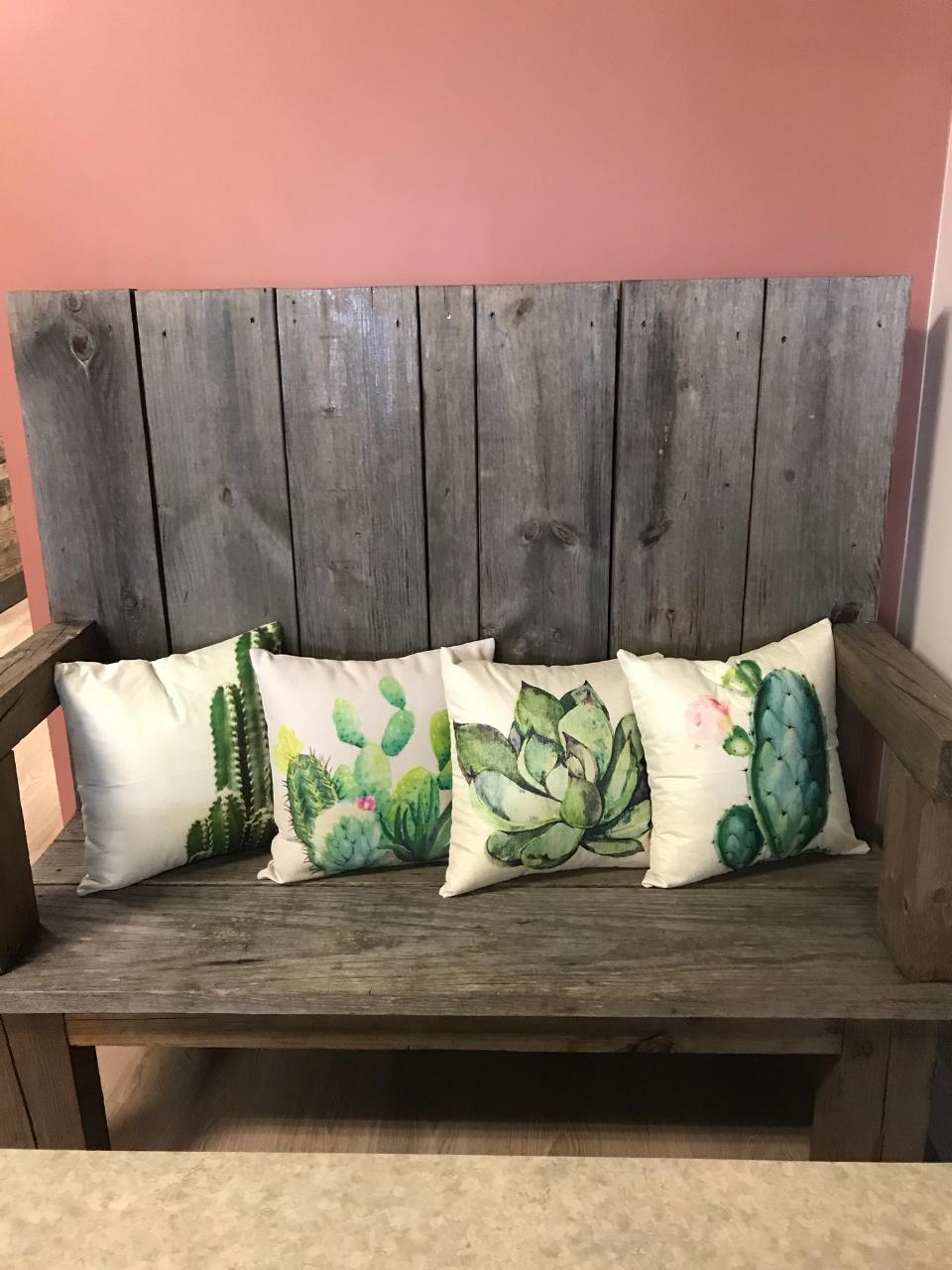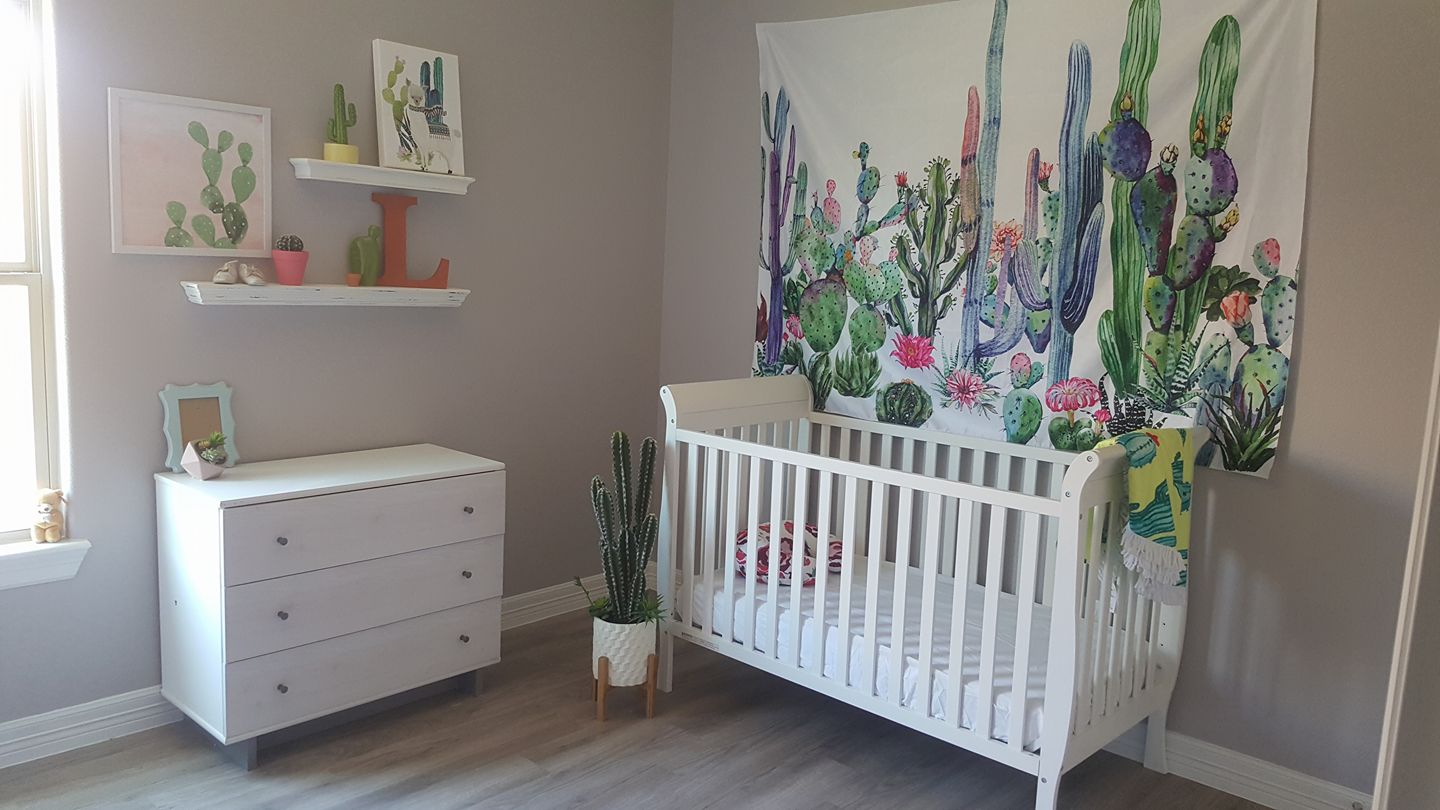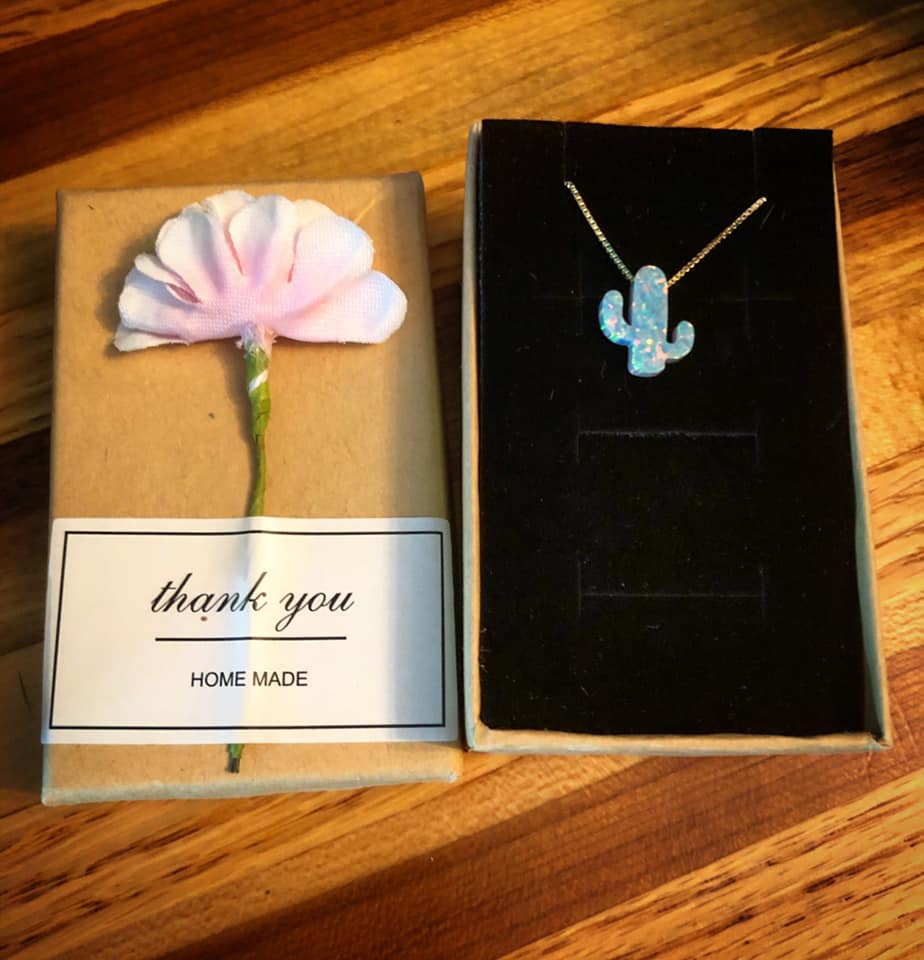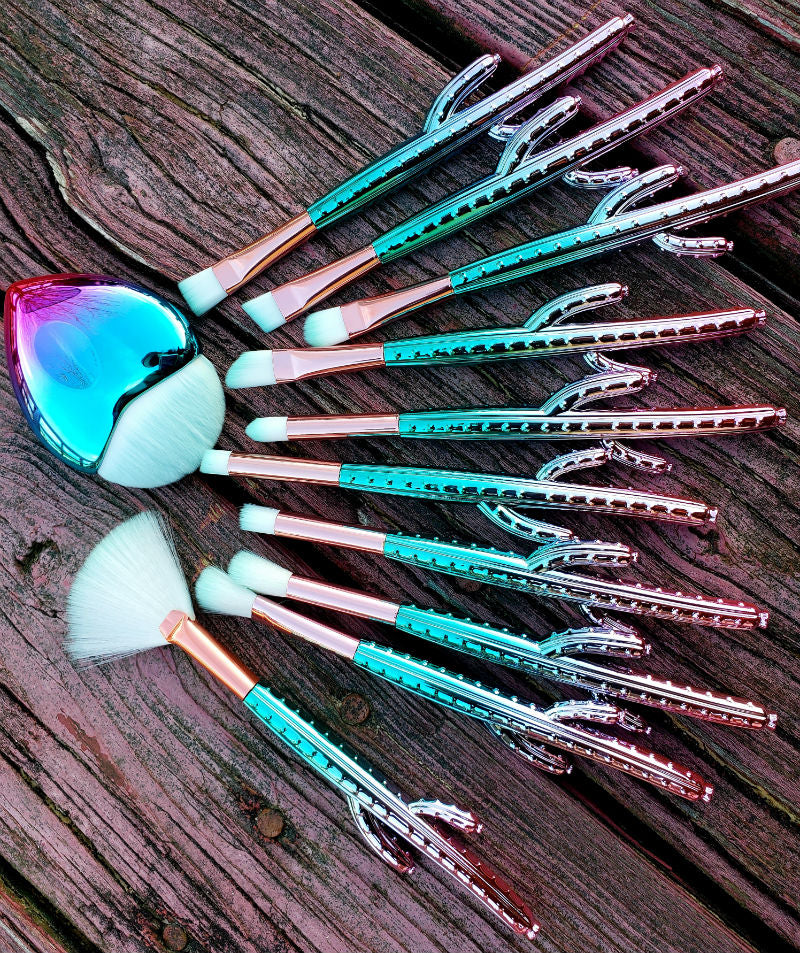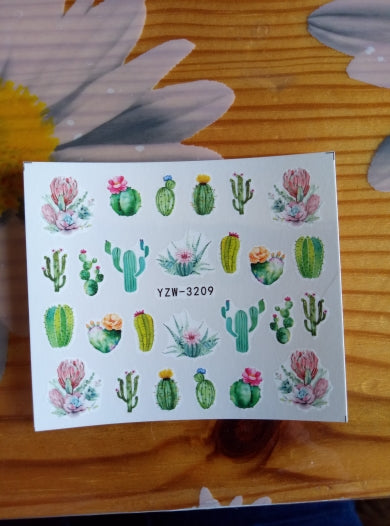Succulent Sensation: The Beauty of Paddle Plants

Among the amazing world of succulent plants is this very unique beauty...
Paddle Plants!
With its noticeable paddle-shaped leaves and beautiful patterns, this special succulent is winning over indoor gardeners everywhere. But what sets Paddle Plants apart from other succulents?
Continue on as we share the appeal of these amazing plants. Let's go over what makes Paddle Plants so special, from their unique look to how easy they are to care for. Paddle Plants add beauty and a touch of nature to any indoor area.
Get ready to be amazed by the beauty and charm of Paddle Plants! They're a perfect example of how incredible nature can be.
Learning about Paddle Plants
Let's talk about what it is that makes Paddle Plants so special: The Unique Features!
Paddle Plants are also known scientifically as Kalanchoe thyrsiflora. These plants have some special features that make them different from other succulents.
They have chunky leaves shaped like paddles, and they're covered in a powdery coating called farina. This coating acts like a natural sunscreen, keeping the plant safe from strong sunlight and helping it hold onto water.
As we understand more about Paddle Plants, we'll find out how they've adjusted to live in different places.
The Different Paddle-Shaped Leaves
The main reason why Paddle Plants are so attractive is because of their amazing leaves. Each leaf looks like a flat paddle, and it's not just pretty – it's also very useful. This shape helps the plant soak up lots of sunlight for making food while keeping water loss low.
The leaves are thick and juicy, storing water inside, which helps the plant stay alive even when it hasn't rained for a long time. And the best part? The leaves come in all sorts of beautiful colors and patterns, from bright greens to dark purples and silvery blues.
The Interesting Origins of Paddle Plants
Paddle Plants come from the rocky cliffs and dry areas of South Africa, where it's sunny and not much rain falls.
They've changed over time to survive in this tough environment, showing how smart nature can be. Because of their ability to adjust, these tough succulents are now loved by plant fans worldwide for their special looks and easy care.
Paddle Plant Varieties
The world of Paddle Plants is full of different kinds, each with its own appeal.
Some popular ones include Aloe Vera "Aloe Juvenna," also know as Tiger Tooth, which has spiky leaves with white spots, looking like a young aloe plant.

Available on Amazon: https://amzn.to/3xmEEq6
Then there's Kalanchoe "Flapjacks," named for its flat leaves that look like pancakes and come in red and orange shades.

Available on Amazon: https://amzn.to/3TOu1nn
And don't forget Cotyledon "Bear's Paw," with its soft, paw-shaped leaves that you'll want to touch.

Available on Amazon: https://amzn.to/4cI5hWz
Each type brings something special to the Paddle Plant family, which can make your succulent collection more interesting and lively.
Attraction of Paddle Plants
Wonderful Appeal: Striking Colors and Patterns
Paddle Plants have a pleasant appeal that grabs attention and brightens any indoor area. One of the most appealing looks of Paddle Plants is their assortment of colors. From rich greens to deep purples, their leaves come in a variety of colors, creating a stunning visual arrangement.
But it's not just the colors that impress, Paddle Plants also boast interesting patterns, from delicate stripes to appealing spots, adding depth and interest to their flora.
Architectural Beauty: Adding Texture to Your Indoor Garden
Apart from their bright colors and patterns, Paddle Plants have a special kind of beauty in how they're shaped. Their leaves look like paddles, making them stand out and adding texture to your indoor garden. Whether you put them together or by themselves, they become the center of attention and make people want to talk about them.
Creativity in Design: Paddle Plant Arrangements to Brighten Home Decoration
Paddle Plants are not just ordinary houseplants – they make a big statement in your home's look. They're great for adding style to your indoor decor because they can fit in with many different design styles.
Whether you like simple and modern looks or more artsy and unique styles, Paddle Plants can work nicely for you. Their interesting shapes make your space look great, and they're low maintenance indoor plants, which is great for us people with busy lives.
Paddle Plants in Nature: Where They Grow and Thrive
In their wild homes, Paddle Plants grow on rocky areas, sandy lands, and hillsides all over South Africa. Despite facing hot weather, little rain, and lots of sun, they still grow strong. They're good at adjusting to tough conditions, which helps other animals and plants around them. Whether they're on a high cliff or in a dry desert, Paddle Plants show how life can thrive even when things are tough.
How to Grow and Care for Paddle Plant Succulents
To make sure your Paddle Plants grow strong and healthy, it's important to take good care of them. Here are some important tips about light, water, soil, and how to grow more of them to help you succeed with these beautiful succulents.
Light Requirements: Finding the Right Balance
Paddle Plants want plenty of bright, indirect sunlight to thrive. While they can tolerate some direct sunlight, extended exposure can lead to sunburn and damage their delicate leaves.
Aim to place them in a location where they receive enough sunlight throughout the day, but with some shield from harsh afternoon sun.
Watering Needs: Water-wise gardening
Just like many other succulents, Paddle Plants don't need a lot of water and can get root rot if you give them too much. Let the soil completely dry out between waterings, especially in the winter when the plants aren't growing as much.
When you water, aim to water the soil directly at the base of the plant, avoiding wetting the leaves to prevent rot and fungal disease.
Paddle Plants Soil: Choosing the Soil That's Just Right
Paddle Plants like soil that drains well, like the type they find in nature. You can purchase a special mix for succulents and cacti that has things like perlite or pumice to help water move through it easily. Or, you can make your own by mixing regular potting soil with coarse sand or perlite.
The Best Cactus & Succulent Soil for Thriving Plants
Plant propagation methods: How to Make More Paddle Plants
Want to grow your Paddle Plant collection? Fortunately, these succulents are relatively easy to propagate through leaf cuttings or offsets.
Leaf Cuttings: Simple Succulent Propagation Techniques
To propagate Paddle Plants from leaf cuttings, simply remove a healthy leaf from the parent plant and allow it to callous over for a few days. Then, place the leaf on top of well-draining soil and mist lightly to keep it moist. With time, roots will emerge from the leaf, and a new plant will begin to grow.
Complete Guide: How to Grow Succulents From Leaves
Nature's Growth Patterns: Creating New Paddle Plants From Offsets
When Paddle Plants grow up, they make baby plants called offsets or "pups." You can take these pups away from the parent plant and put them in their own pots. Be gentle when you take them off the main plant, making sure they have their own roots.
Plant them in soil that drains well and give them a little water until they settle in. Before you know it, you'll have new Paddle Plants to enjoy!
Paddle Plants in Indoor Gardens
Indoor plant decor ideas: Adding Paddle Plants
You can make your indoor plant decor even better by adding Paddle Plants. These unique succulents bring a bit of wonderful attraction and interesting shapes to any indoor area, whether it's a cozy spot or a sunny windowsill.
Paddle Plants in Terrariums: Small Gardens With a Big Effect
Turn basic terrariums into enchanting small gardens by adding Paddle Plants. Their flat leaves and interesting textures make them stand out in terrariums. Combine them with other small succulents and decorations for a uniquely beautiful arrangement.
Paddle Plants Arrangements: Create Attractive Combinations
Combine them with other small succulents and decorations for a uniquely beautiful arrangement. Mix different types, colors, and textures to display interesting arrangements that make your indoor garden look beautiful.
Your Indoor Garden Design: Paddle Plants as the Center of Attention
Set up your Paddle Plants at the center of your indoor garden design. Put them in places where they can stand out, like on a table or shelf. Arrange your other plants and decorations around them to make everything look nice together.
Vertical Gardens: Going Up with Paddle Plants
Bring your indoor gardening up high making a vertical garden with Paddle Plants. You can use special pots for walls or hanging baskets to make beautiful displays on your walls. Mix Paddle Plants with other succulents that hang down for a lush and cool design.
Hanging Succulent Plants to Grow at Home
Paddle Plants: Health Benefits and Beyond
Beyond Beauty: Paddle Plants Surprising Indoor Plant Health Benefits
Learn about the secret health benefits of Paddle Plants that go beyond their pretty looks. These amazing succulents not only make your indoor space beautiful but also help you feel better in surprising ways.
Indoor Air Quality: Enhancing Indoor Air Purification
Paddle Plants are like natural air cleaners, making indoor air better by getting rid of bad stuff like toxins and pollutants. They soak up the harmful things and give out oxygen, making your home healthier for you and your loved ones.
Stress Reduction With Plants: How Having Green Plants Indoors Helps You Feel Better
You can bring more peace and calm to your home with Paddle Plants. Research shows that having indoor greenery like Paddle Plants can make you feel less stressed, more relaxed, and happier. Adding these calming succulents to your living space can help make it a quiet place away from the busy world.
Living Sustainably: How Paddle Plants Help the Environment
Help support eco-friendly gardening by growing Paddle Plants indoors. These easy-care succulents need little water and resources, making them environmentally friendly choices for indoor gardening. By growing Paddle Plants, you can help conserve water and minimize waste while bringing the beauty of nature into your home.
Recycling and Upcycling: Creative Uses for Paddle Plant Containers
Let your imagination run wild to reuse containers for your Paddle Plants. Turn old tin cans, mason jars, or vintage pots and baskets into unusual planters for your Paddle Plants. This not only helps reduce waste but also adds a personal touch to your indoor garden, giving it a unique charm.
As we wrap up our conversation on how to grow and care for Paddle Plant Succulents, it's clear that these special plants are popular with succulent lovers everywhere.
From their cool paddle-shaped leaves to their ability to grow in different places, Paddle Plants show how awesome nature can be.
We learned about what makes Paddle Plants unique, like their cool shapes and where they come from. We've admired how they look, with their pretty colors and patterns, and seen how they make indoor spaces look better.
We've also shared some important tips for taking care of Paddle Plants, like giving them the right amount of light and water, and how to make more plants from them.
Whether you're new to gardening or already love plants, there's something special about having these cool succulents in your home.
But Paddle Plants aren't just nice to look at – they're good for you too! They can help clean the air inside your home and make you feel more relaxed and happy. Plus, they're good for the environment, which is an awesome bonus!
Enjoy Your Paddle Plants!
As an Amazon Associate we earn from qualifying purchases.












